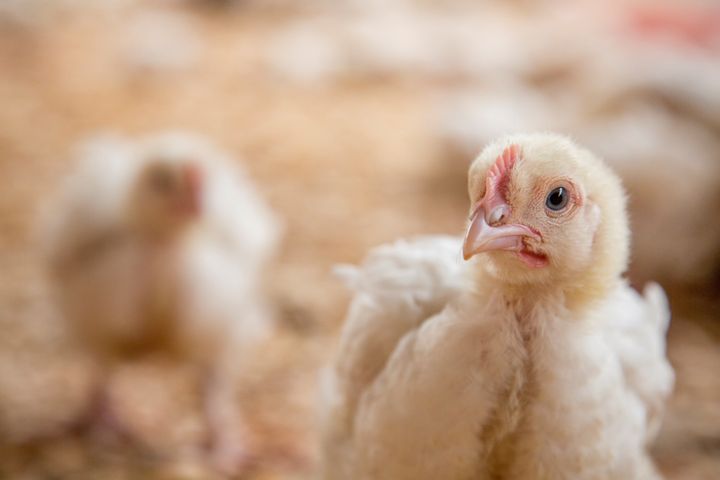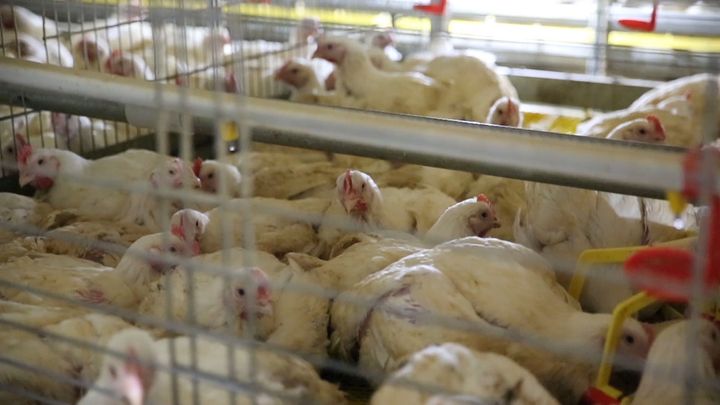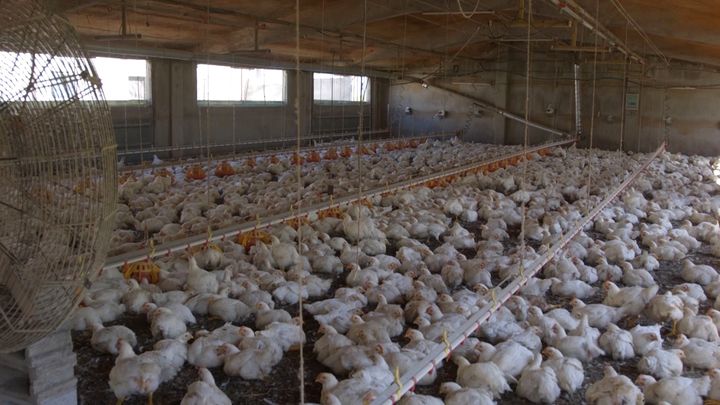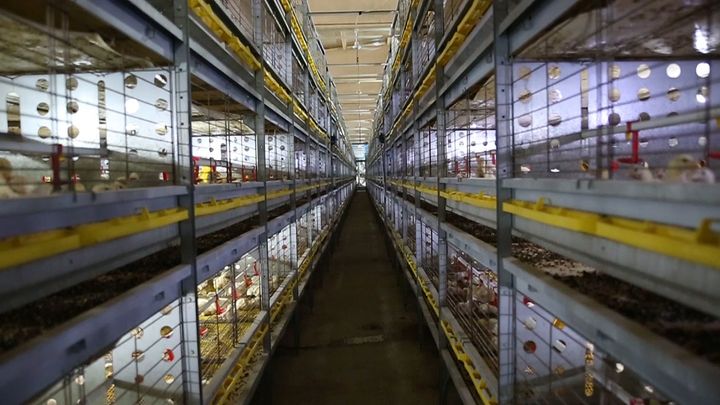Have humanity and health been forgotten to meet demand for chicken?
Every year, an unbelievable number of chickens, 50 billion, are killed for people to eat around the world. Yes, that’s fifty thousand million chickens – seven times the earth’s human population are slaughtered year after year. That’s more than 1,500 chickens per second.

What’s even more extraordinary is that a British person can expect to eat around 1.8 tonnes of chicken in their lifetime, while an American can expect to chomp through an incredible 3.6 tonnes. Ironically, the chicken, the world’s favourite meat, arguably gets the rawest deal of all farm animals. So just why are welfare conditions so bad for billions of chickens and why should chicken-nugget lovers care?
To meet the excessively high demand, many farmers have moved away from traditional, small and ethical systems, which are bad for the chickens and for the people that eat them too.
Chicken these days is as cheap as chips, with 99p chicken nuggets now the norm. At just six weeks, they are ready to be turned into burgers and nuggets when they would naturally live for six or more years.

How can this be? Are the farmers losing money? The answer is no. Over 70% of chickens raised for meat globally are raised in intensive industrial farming systems where they live on the equivalent amount of space as an A4 piece of paper – in fact they have more room in the oven when they are cooked, than they do when they are alive. The birds are often grown so fast in dimly-lit sheds that severe strain is put on their hearts and lungs whilst the growth of their legs often doesn’t keep up with the rapid growth of their oversized bodies, meaning many can barely walk.
That’s the life of an intensively farmed chicken in countries all over the world. Even on industrial-scale farms, simple, easy to implement improvements could make a dramatic difference to the lives of chickens.
It’s not just the morality of putting such vast numbers of animals through such misery that we should be thinking about. We also need to consider the knock-on impact to our health. Reports have shown that intensively reared chickens can contain as much fat, gram for gram, as a greasy takeaway.

On top of that, intensively farmed chickens are routinely fed antibiotics to prevent disease, which spreads at lightning-fast rates among the animals crammed so closely together in their dark, barren sheds. This is terrifying doctors and the World Health Organisation who are warning it will lead to resistance to antibiotics in people.
So what should people who chose to eat chicken do? There is a simple solution. It’s very easy to buy guilt-free, healthier, higher-welfare chicken. These chickens will grow more slowly, are better fed and contain less saturated fat and higher omega-3 fatty acids, which are good for your heart. Sure, these chickens cost more, but not as much more as you might think. Gram for gram, higher welfare chicken is still over two times cheaper than say a Cadbury Creme Egg.
You also need to be wary of intensively farmed chicken packaging. It’s designed to trick you into believing that their chickens have been brought up on a small farm in a forest, with access to sunshine, when in many cases that could not be further from the truth. For higher-welfare chicken, keep your eyes open for the RSPCA Assured Label or the equivalent outside of the UK.

Sadly, unless consumers start to buy more high-welfare chicken, companies will continue to slaughter billions of chickens who, for their short time on this earth, have lived miserable lives. Shoppers have the power to change things – for just slightly more money you can be sure that the chicken in your shopping basket has been treated far more humanely and will be healthier.
So, the next time you’re at the chicken section in a supermarket, think about this article and please don’t continue to support the intensively farmed chicken industry.
